Understanding the Basics of Gimbal Technology
What is a Gimbal?
A gimbal is a sophisticated mechanical device that allows an object to maintain its orientation regardless of the movement or angle of the base. At its core, a gimbal is built around a set of rings, often three, that are mounted in a way that enables free rotation along each of the primary axes: pitch, yaw, and roll. This intricate design is particularly useful for stabilizing cameras during movement, ultimately leading to smoother video captures. In practical terms, a gimbal enables filmmakers and content creators to produce high-quality, stable footage without the shakes and jitters typically associated with handheld shooting.
How Does a Gimbal Work?
The operation of a gimbal can be likened to a circus performer balancing a spinning plate on a stick; it constantly makes adjustments to keep the plate upright and spinning. This balance is achieved through motors and sensors embedded in the gimbal apparatus. As the user moves, tilt, or turns the camera, the gimbal’s built-in sensors detect those movements and automatically re-align the camera to counteract any unintended motions. The integration of sensors allows for real-time adjustments, which are crucial for maintaining a steady shot, particularly in fast-paced environments.
Types of Gimbals and Their Uses
Gimbals are classified into several types based on their axis configuration and intended applications. The primary categories include:
- 2-Axis Gimbal: These devices stabilize pitch and roll but leave yaw free for rotation. They’re commonly used in scenarios where rapid camera movement is less critical.
- 3-Axis Gimbal: Providing stabilization across all three axes, this type is the industry standard for professional videographers and filmmakers, as it delivers superior stability for moving shots.
- Smartphone Gimbals: These compact devices are designed specifically for smartphones, offering lightweight stabilization for casual filmmakers and social media enthusiasts.
- Camera Gimbals: Built for larger cameras, these often come with advanced features such as load balancing and payload settings, making them ideal for professional shoots.
Choosing the Right Gimbal for Your Needs
Key Factors to Consider When Buying a Gimbal
When selecting a gimbal, several factors must be weighed for optimal performance:
- Payload Capacity: Ensure that the gimbal can support the weight of your camera and additional gear such as lenses.
- Battery Life: Longer battery life translates to more shooting time and less downtime. Look for gimbals with extended battery capabilities.
- Ease of Use: Look for intuitive controls and user-friendly setups, especially if you’re a beginner.
- Build Quality: A durable construction can withstand rough handling and varying environmental conditions, which is vital for outdoor shoots.
Matching Gimbals with Camera Gear
The synergy between your gimbal and camera gear is essential for achieving the best results. When selecting a gimbal, consider:
- The weight and size of your camera, including lenses.
- The types of shooting styles you usually engage in—whether stills, video, or both.
- The versatility of the gimbal to accommodate different camera setups over time, which can save costs on future purchases.
Pricing Tiers and Value Propositions
Gimbals can range widely in price, from affordable consumer versions to high-end professional models. Understanding pricing tiers can help you find the best value:
- Budget Range: Basic gimbals that stabilize smartphones and lightweight cameras. Suitable for beginners or casual use.
- Mid-Range: Gimbals with a range of features and higher payloads, offering great value for aspiring filmmakers and vloggers.
- Professional Range: High-end gimbals that offer advanced features, robust build quality, and may include additional accessories for specialized filming needs.
Utilizing Your Gimbal for Different Shooting Scenarios
Best Practices for Stabilization in Various Environments
Maximizing your gimbal’s potential requires an understanding of how to adapt to different shooting environments. Here are some best practices:
- Tracking Shots: Use slow, steady movements when panning or tilting to maintain fluidity.
- Walking Shots: Keep your feet shoulder-width apart, and utilize a smooth gait when moving to minimize shakes.
- Low Angle Shots: When shooting low, keep the gimbal close to the ground and glide along, which can create dramatic perspectives.
Creative Shots You Can Achieve with a Gimbal
A gimbal opens up numerous creative possibilities for filmmakers. Experimenting with various settings can yield captivating results. Some noteworthy techniques include:
- Reveal Shots: Start with a close-up and gradually pull back to reveal the surrounding environment.
- Orbit Shots: Circle around a subject, maintaining a steady distance, which adds dynamism to your video.
- Time-Lapse Movements: Combine a time-lapse with a gimbal to create stunning scenes that transition from day to night seamlessly.
Common Mistakes to Avoid While Using a Gimbal
Even experienced users can encounter pitfalls when operating a gimbal. Here are some common mistakes to watch out for:
- Skipping Calibration: Always calibrate your gimbal before a shoot to ensure effective operation.
- Neglecting Battery Levels: Battery life can diminish quickly during intensive shoots; swap batteries or charge as needed.
- Holding the Gimbal Incorrectly: Maintain a relaxed grip and keep your elbows tucked in for steadier shots.
Advanced Techniques for Gimbal Use
Mastering Movement: Pan, Tilt, and Roll Techniques
Perfecting movements like pan, tilt, and roll can elevate your footage significantly. Training yourself in the following areas can enhance cinematic quality:
- Panning: Open your shot with a slow pan left or right to set the stage without overdoing it; quick pans can lead to motion sickness in viewers.
- Tilting: For dramatic effects, try slowly tilting to transition between focusing on subjects at different heights.
- Rolling: While rolling the gimbal has specific uses, ensure that it’s employed strategically to avoid disorienting the viewer.
Integrating Your Gimbal with Other Equipment
Your gimbal can yield even better results when combined with other filmmaking equipment. Consider integrating:
- Tripods: For stationary shots, placing your gimbal on a tripod can stabilize long takes.
- External Microphones: Improve your audio quality by ensuring your gimbal is compatible with external sound equipment.
- Lighting Kits: Utilize portable lighting to enhance subjects in low-light environments effectively.
Shooting Like a Pro: Tips from Industry Experts
Learning from seasoned professionals can provide insights that significantly improve your shooting style. Here are some tips:
- Practice: Regularly practice your movements and settings to develop muscle memory that comes into play during actual shoots.
- Plan Your Shots: Always prepare the shots you want in advance to minimize adjustments while filming.
- Experiment: Don’t shy away from trying different angles, speeds, and styles, as some of the best shots come from unplanned creativity.
Maintenance and Care for Your Gimbal
Best Practices for Cleaning and Storing Your Gimbal
Preserving your gimbal’s functionality includes proper maintenance and storage. Here’s how to keep it in top-notch condition:
- Regular Cleaning: Use a microfiber cloth to clean the body and lenses, while avoiding moisture and debris in the motors.
- Proper Storage: Always store your gimbal in a padded case to prevent damage while traveling.
- Moisture Protection: Use silica gel packs in storage to help absorb moisture, especially in humid conditions.
Troubleshooting Common Gimbal Issues
Every user may face operational issues at times. Familiarizing yourself with common problems can help save time:
- Gimbal Won’t Power On: Ensure the battery is charged. If the issue persists, inspect for loose connections.
- Error Messages: Refer to the user manual for specific error codes that the gimbal may display and follow the suggested troubleshooting steps.
- Unstable Footage: Double-check calibration settings, and ensure that your camera is properly balanced on the gimbal.
Upgrading Your Gimbal for Enhanced Performance
As technology advances, there may come a point when your gimbal does not meet your growing needs. Consider these upgrade paths:
- Firmware Upgrades: Check for software updates that can enhance functionality and provide new features.
- Accessories: Invest in additional accessories like follow-focus systems, additional batteries, or counterweights to tailor your gimbal experience.
- Full Replacement: When your filming demands surpass your gimbal’s capabilities, consider upgrading to a more advanced model designed for professional use.
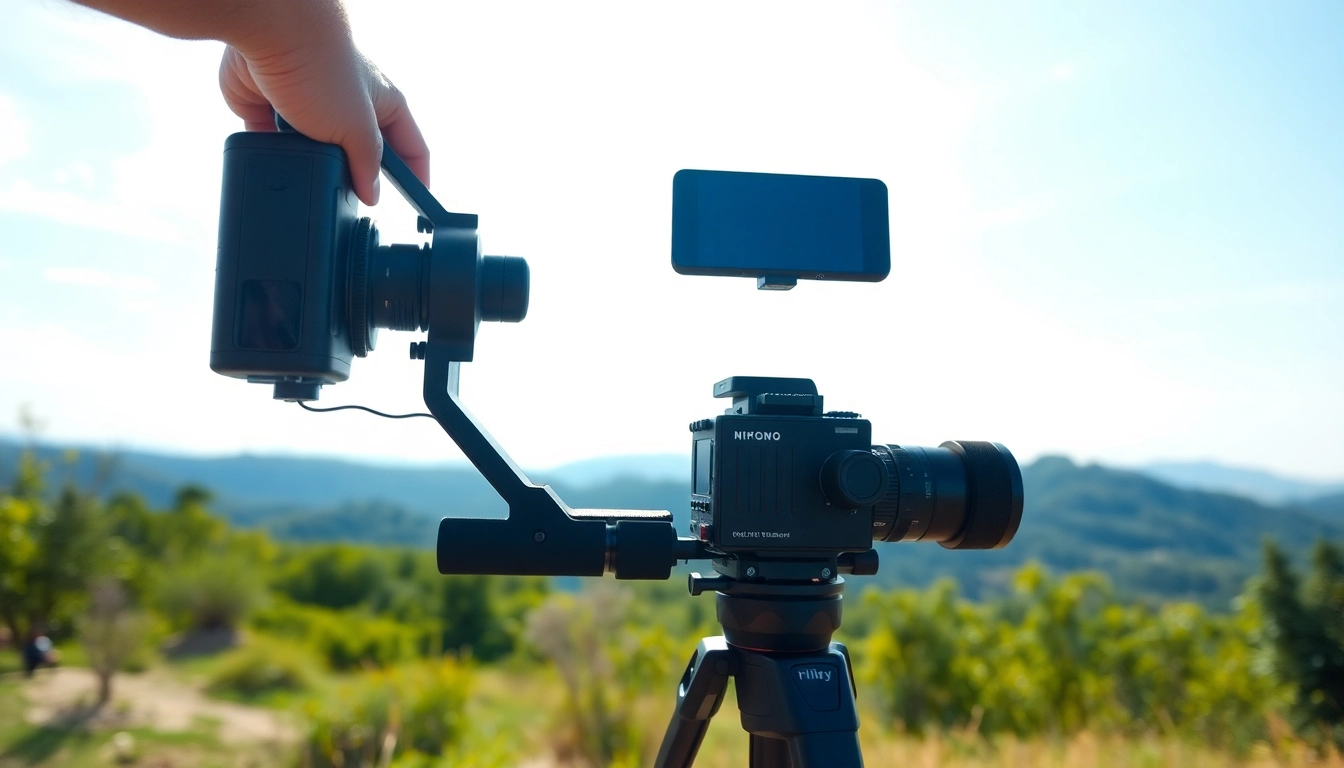



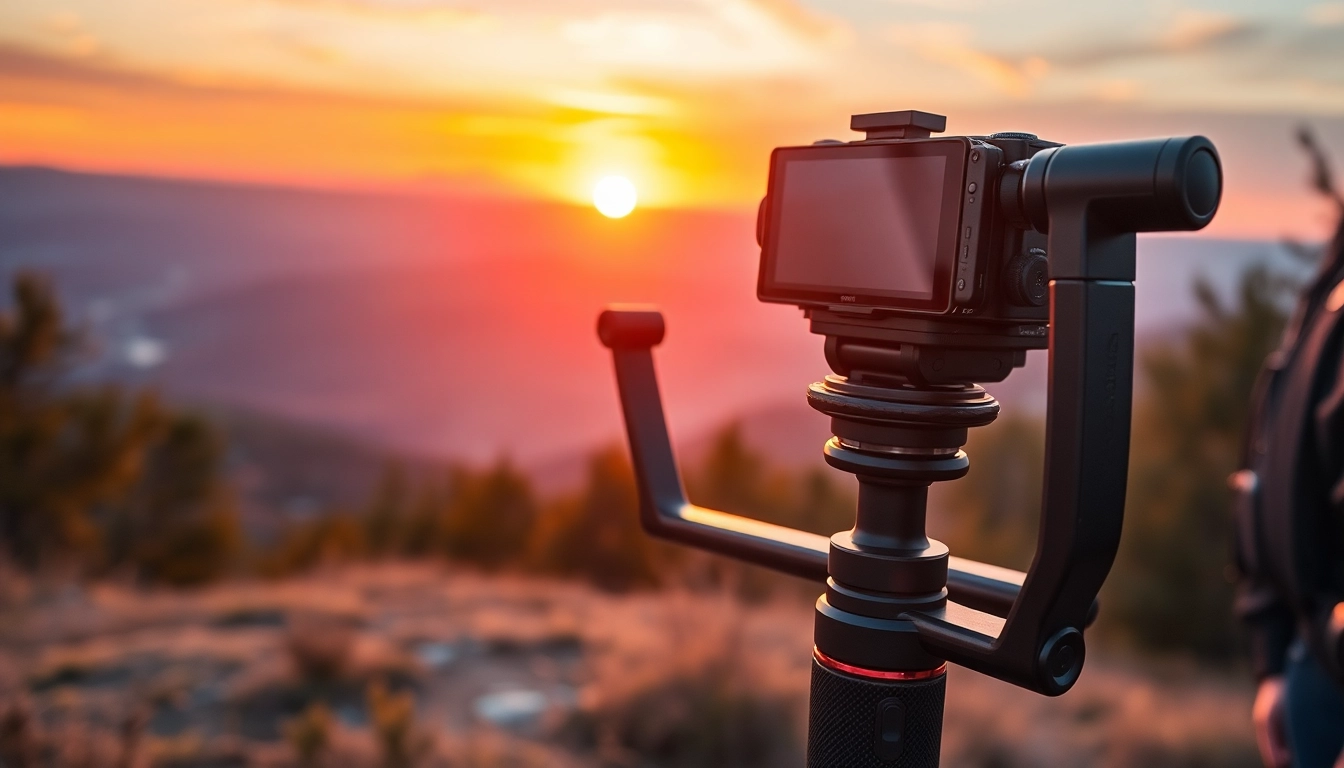
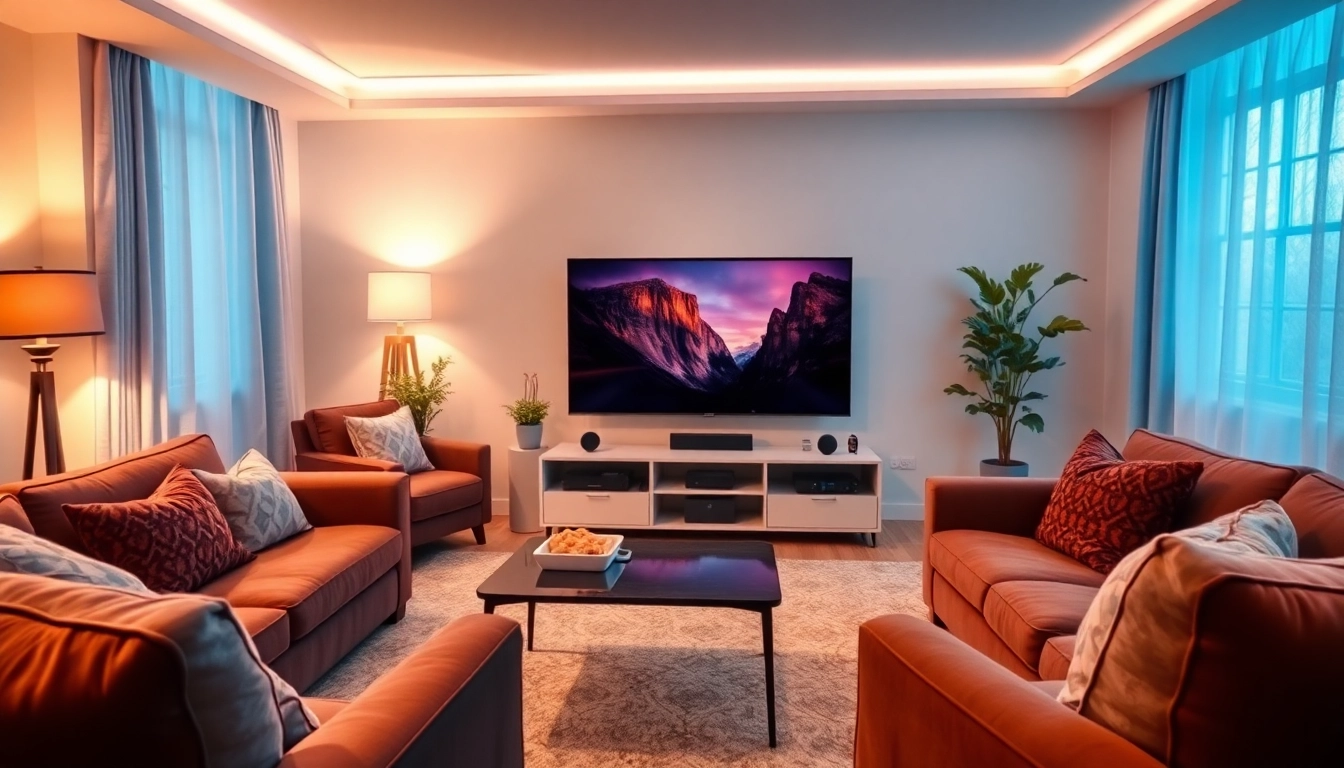
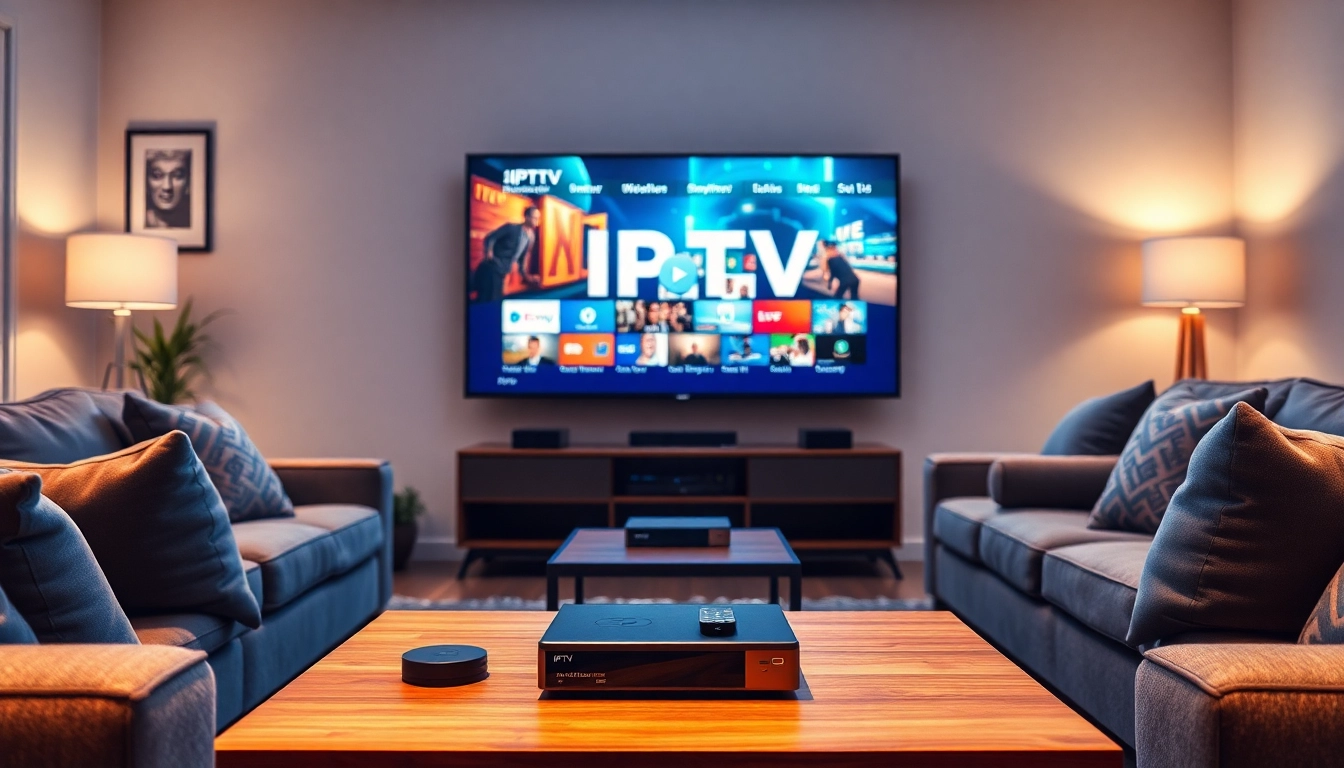
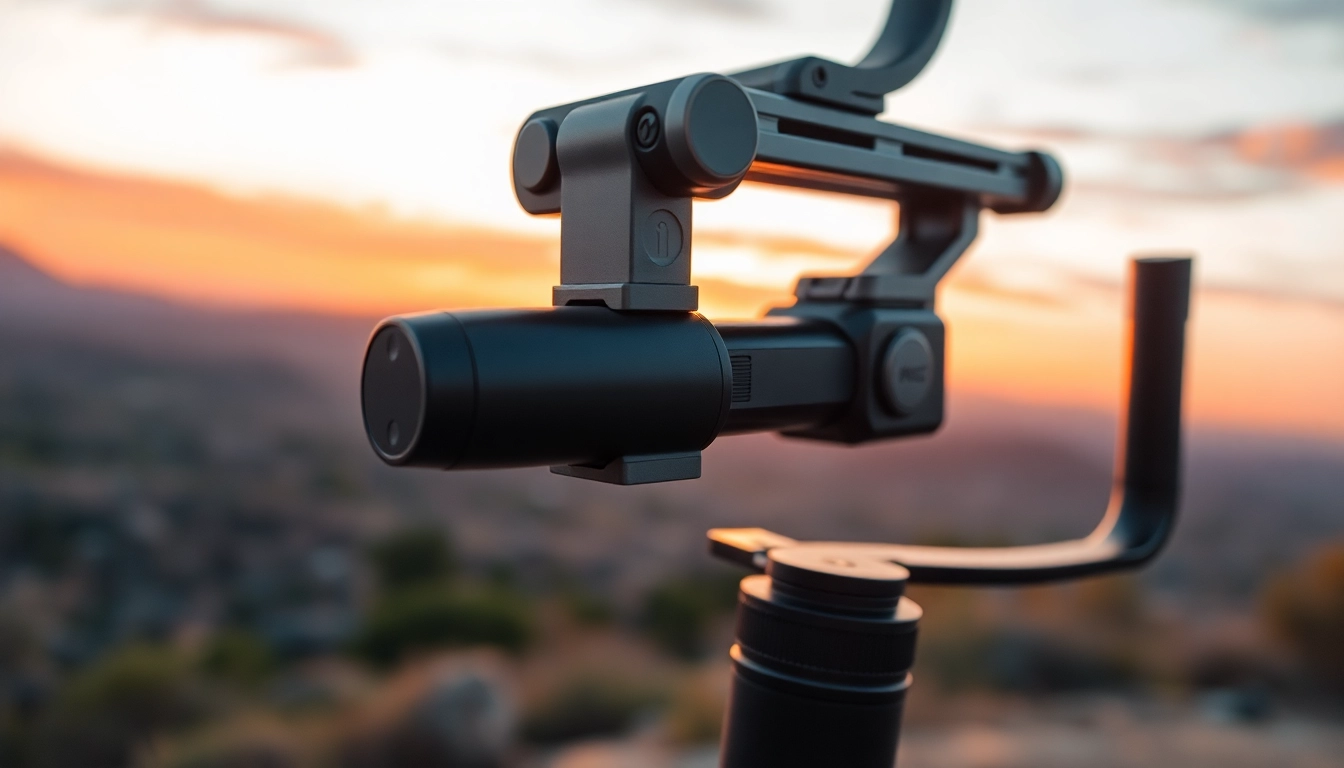

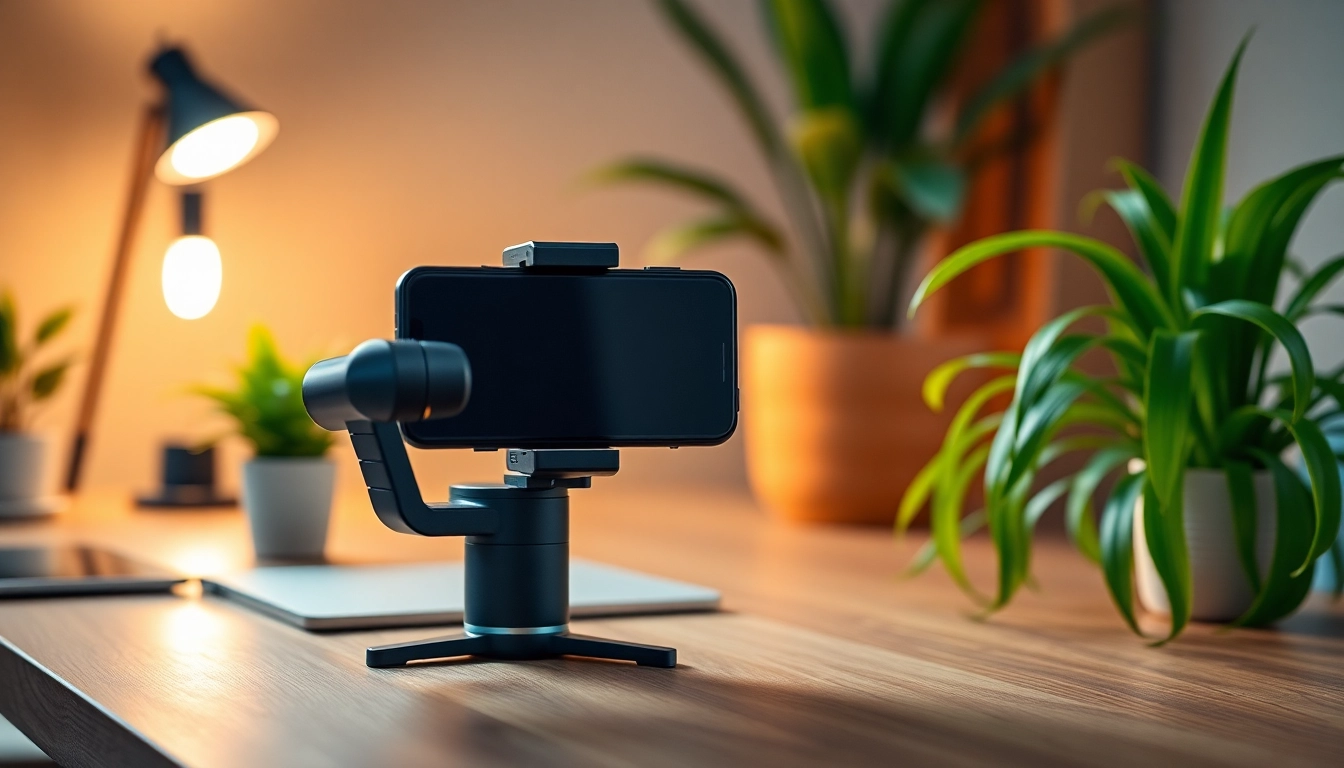

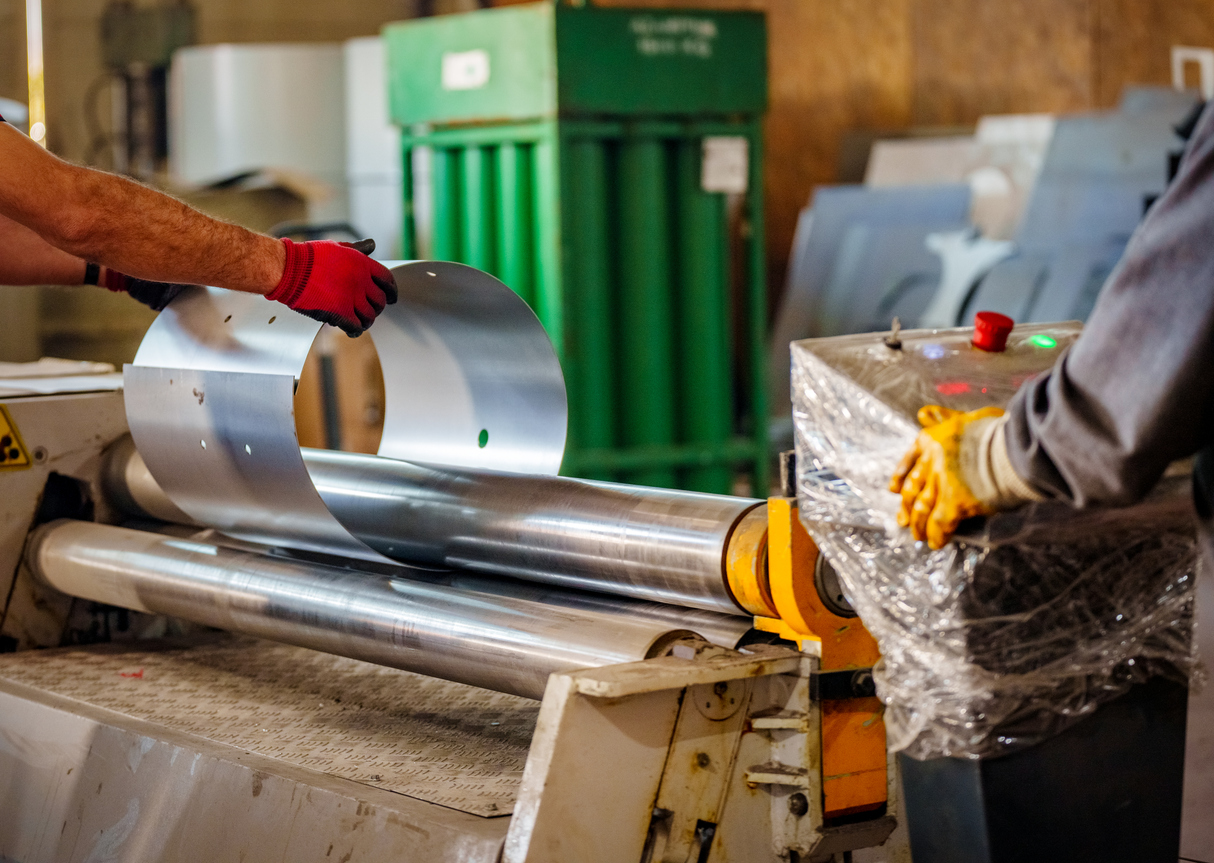



Leave a Reply